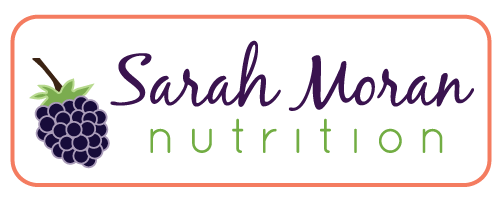NNMC Picking Protein: The Vegetarian Way
/ It's a common misconception that it's hard for vegetarians to get the protein they need. The truth is, if you're eating a variety of foods including nuts, seeds, dairy, eggs, legumes, and grains, this usually isn't a problem. The major concern for vegetarians is ensuring they get all of the essential amino acids they need. You see, proteins are made up of amino acids. Some of these amino acids are non-essential, meaning we don't need to consume them in the diet because the body can make them on its own, and others are essential because we must get them from outside sources. Animal products contain all of the essential amino acids. This is called a complete protein. Meat falls into this category, but so do dairy products and eggs, which most vegetarians eat.
So the next question is, how do you make a complete protein from non-animal sources? This is where using complementary proteins come in. You can combine foods to make a complete protein as one food will fill in the holes for the other. The standard rule for this is pairing a grain and a legume. Examples include whole wheat toast (grain) with peanut butter (legume) or brown rice (grain) and beans (legume). Also, these foods don't have to be eaten together to get the desired effect. A vegetarian should just eat them both within the same day. This is a great rule to know even if you're not a vegetarian because meatless meals are becoming more commonplace all the time. Also, if you have a vegetarian in your life this can help you plan balanced meals when you're cooking for them.
It's a common misconception that it's hard for vegetarians to get the protein they need. The truth is, if you're eating a variety of foods including nuts, seeds, dairy, eggs, legumes, and grains, this usually isn't a problem. The major concern for vegetarians is ensuring they get all of the essential amino acids they need. You see, proteins are made up of amino acids. Some of these amino acids are non-essential, meaning we don't need to consume them in the diet because the body can make them on its own, and others are essential because we must get them from outside sources. Animal products contain all of the essential amino acids. This is called a complete protein. Meat falls into this category, but so do dairy products and eggs, which most vegetarians eat.
So the next question is, how do you make a complete protein from non-animal sources? This is where using complementary proteins come in. You can combine foods to make a complete protein as one food will fill in the holes for the other. The standard rule for this is pairing a grain and a legume. Examples include whole wheat toast (grain) with peanut butter (legume) or brown rice (grain) and beans (legume). Also, these foods don't have to be eaten together to get the desired effect. A vegetarian should just eat them both within the same day. This is a great rule to know even if you're not a vegetarian because meatless meals are becoming more commonplace all the time. Also, if you have a vegetarian in your life this can help you plan balanced meals when you're cooking for them.
Are you a vegetarian? Do you have a close friend of relative who follows a vegetarian diet?
